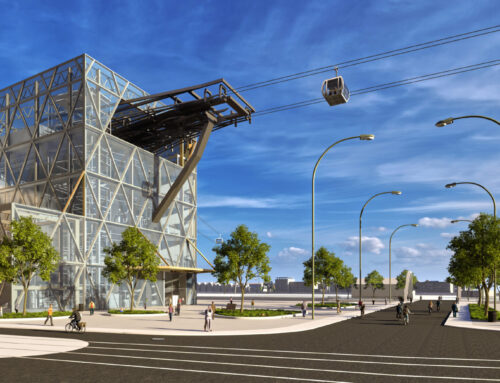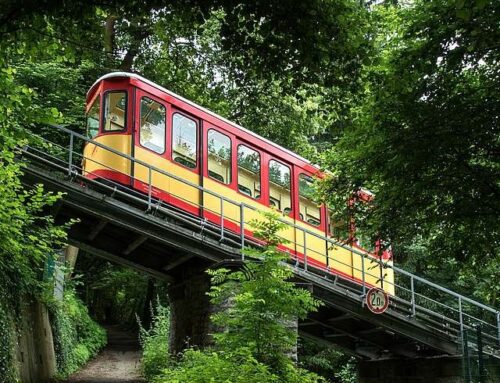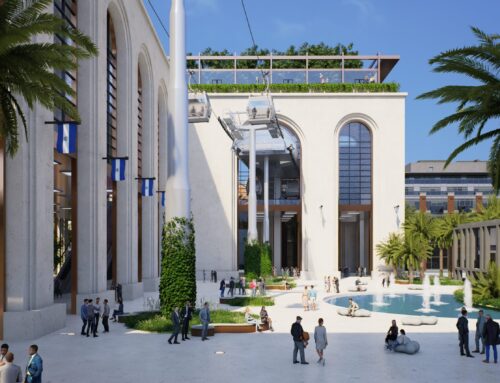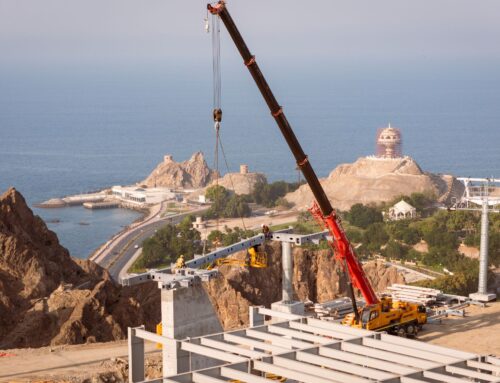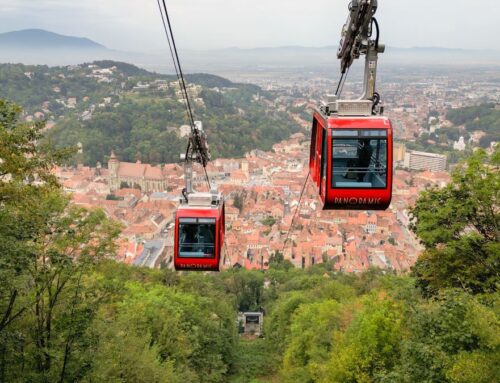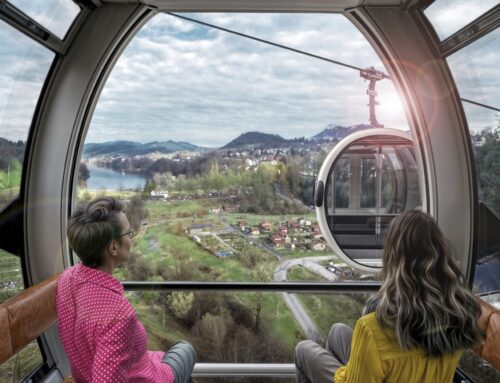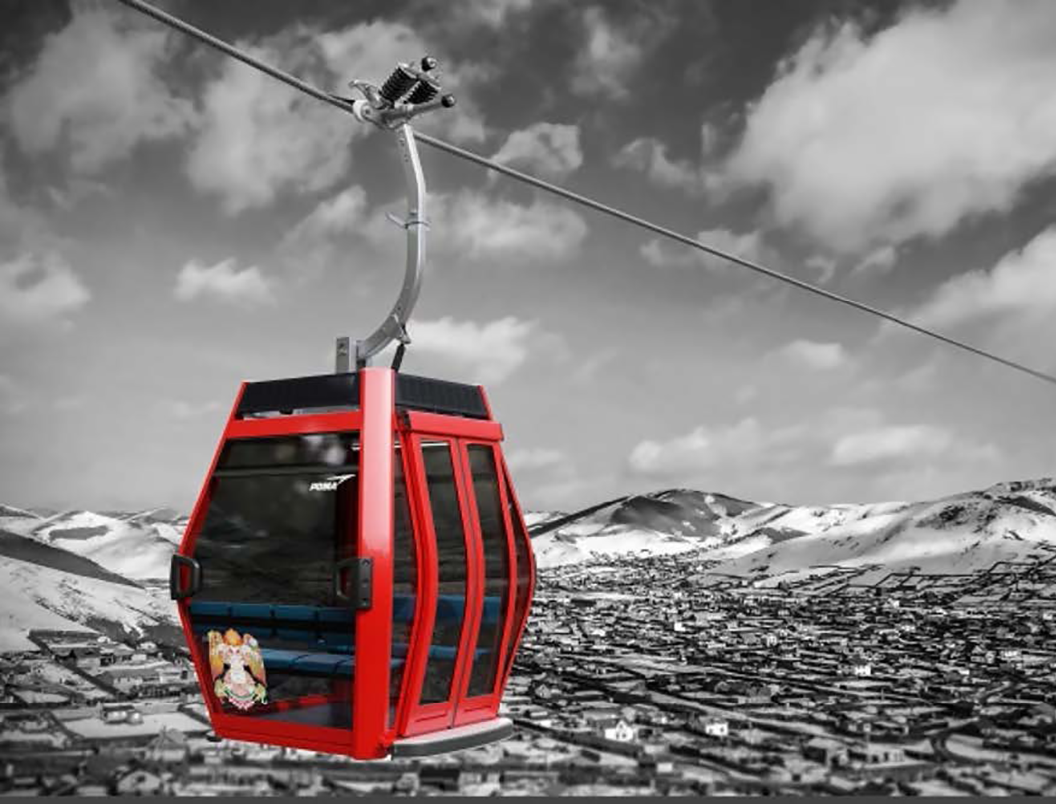
Cities, SI Urban 1/2021, Tourism
Cable car in Mongolia
The project is financed by the French general directorate of the ministry of finance, to boost mobility in the urban environment. The political and economic capital of Mongolia, Ulaanbaatar, has recorded rapid population growth since the early nineties, as a result of the influx of nomads from the steppe.
This has led to a population of almost 1.5 million in Ulaanbaatar, which equates to almost half of the country’s population. (In 1990 the population was still 580,000). Since the 1990s, the transition to a market economy and a series of harsh winters have caused these low-income households to migrate to the edges of Ulaanbaatar.
Around 60% of the population lives in these districts on the outskirts of the city. Until recently, these settlements were classified as temporary and therefore did not benefit from urban development programmes or public investment. An urban cable car will provide additional mobility here and improve residents’ quality of life.
Why a cable car?
In a city with great obstacles (especially the Tuul Gol river and the Trans-Mongolian railway) and a relatively undeveloped transport network, this urban cable car system is the most suitable solution. With its quiet, fully electric, energy-saving operation, cable car transport is now a recognised and sustainable urban mode of transport, which is able to address the specific problems of cities. An additional advantage is the speed with which it can be implemented.
With the support of EGIS, the French general directorate of the ministry of finance (GD Trésor), which supports French companies with the implementation of structurally transformative, environmentally friendly and sustainable projects, therefore agreed to finance the urban mobility project developed by POMA.
A finance protocol were signed in May 2020, followed by trade agreements in June 2020. The 6-km route will have 3 stations and 122 gondolas travelling between the areas on the northern outskirts of the city and the city centre.


